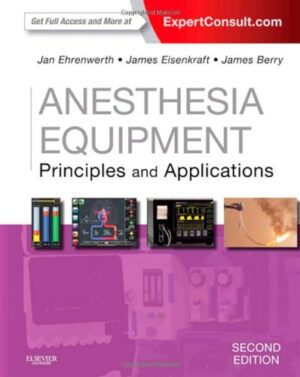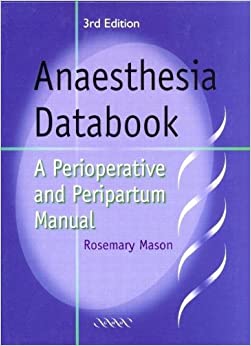Description
Anesthesia for Cesarean section, also known as C-section, is a specialized field of anesthesiology that focuses on providing safe and effective anesthesia care to pregnant individuals undergoing Cesarean deliveries. Cesarean sections can be performed for various medical reasons, and the choice of anesthesia technique depends on the patient’s condition and the urgency of the procedure. Here are key aspects of anesthesia for Cesarean section:
1. Patient Assessment:
- Anesthesiologists conduct a thorough preoperative assessment of the pregnant individual, considering factors such as medical history, gestational age, and the reason for the C-section.
2. Anesthetic Options:
- Anesthesia for C-sections can be provided through different techniques, including:
- Spinal Anesthesia: This is a common choice, involving the injection of local anesthetic into the spinal fluid to achieve rapid and reliable pain relief.
- Epidural Anesthesia: Epidurals can be used for planned C-sections, providing continuous pain relief through a catheter placed in the epidural space.
- General Anesthesia: In cases of urgency or when regional techniques are contraindicated, general anesthesia may be administered, inducing unconsciousness throughout the surgery.
3. Informed Decision-Making:
- Anesthesia providers discuss the available options with the patient, weighing the benefits and risks to make an informed choice based on individual circumstances and preferences.
4. Pain Relief:
- Regardless of the technique chosen, the primary goal is to provide effective pain relief during the C-section while ensuring the safety of both the pregnant individual and the baby.
5. Monitoring:
- Continuous monitoring of vital signs, including blood pressure, heart rate, oxygen saturation, and carbon dioxide levels, is essential throughout the procedure.
6. Airway Management:
- In cases of general anesthesia, proper airway management is critical to ensure adequate ventilation and oxygenation.
7. Neonatal Considerations:
- Anesthesia providers consider the impact of anesthesia on the newborn, especially when regional techniques are used, to ensure minimal drug exposure to the baby.
8. Pain Management Post-C-Section:
- Anesthesia providers may be involved in developing postoperative pain management plans to ensure the comfort of the patient during the recovery period.
9. Emergency C-Sections:
- Anesthesia providers must be prepared to rapidly administer anesthesia in cases of emergency C-sections, such as in situations where the life of the mother or baby is at risk.
10. Collaboration: – Close collaboration with the obstetric team, including obstetricians, nurses, and neonatologists, is vital to ensure the safety and success of the procedure.
11. Fetal Monitoring: – Continuous fetal monitoring is often performed to assess the baby’s well-being during the surgery, particularly when regional anesthesia is used.
12. Special Populations: – Anesthesia for C-section may be adapted for special populations, such as individuals with high-risk pregnancies, multiple pregnancies, or certain medical conditions.
Anesthesia for Cesarean section requires a specialized skill set and a thorough understanding of the unique considerations for pregnant patients. Anesthesia providers in this field play a crucial role in ensuring the safety and comfort of both the mother and the baby during the surgical procedure. Their expertise contributes to successful outcomes for this common and important obstetric surgery.





Reviews
There are no reviews yet.